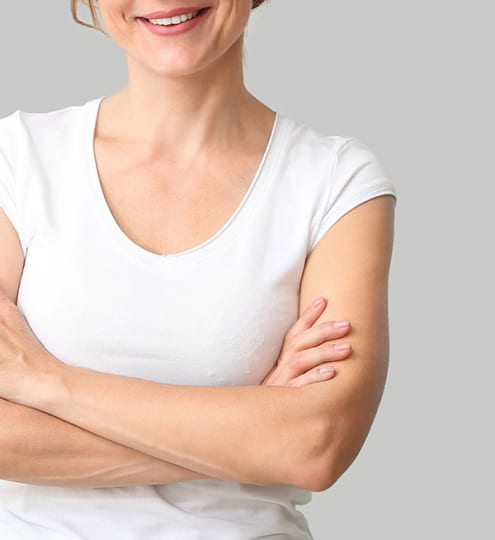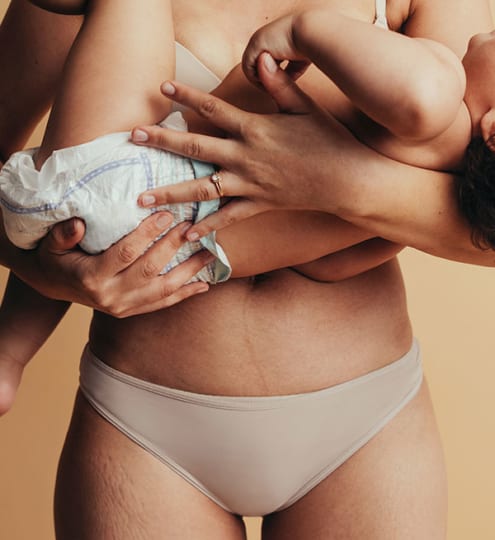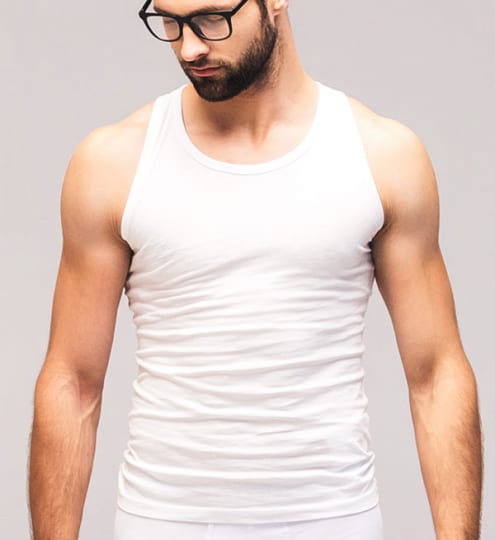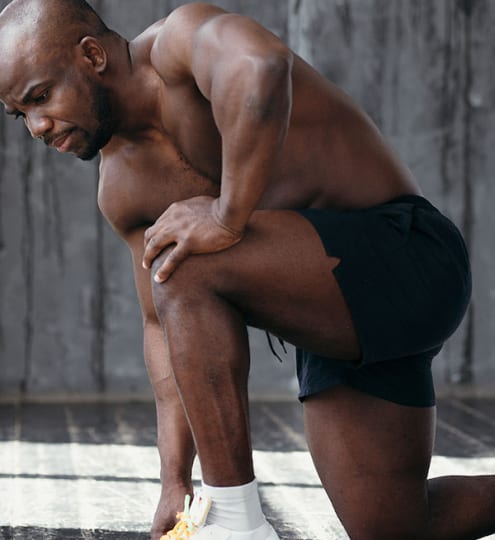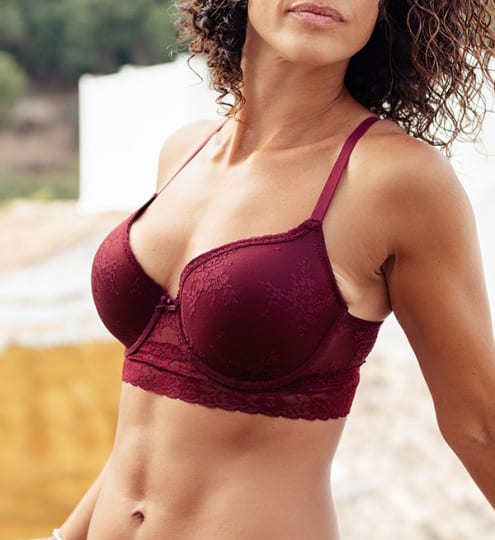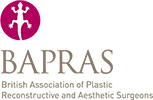Condition — body
Stretch Marks
Stretch marks, also called striae, will often appear following a sudden increase or decrease in weight. They generally form in clusters on a variety of areas on the body and are typically different in both colour and texture to your usual skin. Depending on whether your complexion is fair or has a darker tone, stretch marks can be pink, purple or grey in colour and may also feel like an indentation or ridge on the skin’s surface.
Stretch marks will commonly develop on the stomach, breasts, upper arms, thighs, hips and buttocks. They are not harmful and affected people will often find that they fade over time, becoming lighter and more silvery in colour. Pregnant women and adolescents will often find the development of stretch marks is likely as they experience rapid growth of the body – due to the developing baby, changing shape of the body and growth spurts during puberty. As the skin is stretched under these circumstances, the middle layer of the skin can tear which shows through on the surface layer. These skin irregularities can be more likely to develop in someone who uses a cortisone cream on the skin, or when cortisol is naturally present in higher levels in the body. Cortisol is produced in times of stress and is converted into cortisone by the body, which is responsible for weakening elastin fibres in the skin.
Preventing stretch marks is not always possible, although a healthy diet, maintaining the skin’s hydration and applying creams with enriching ingredients can help to keep the skin’s structure strong. At Reshape & Restore, minimising the look of stretch marks can be achieved by effectively resurfacing the skin. This procedure can help to improve the tone and texture of the skin, and boost confidence.


